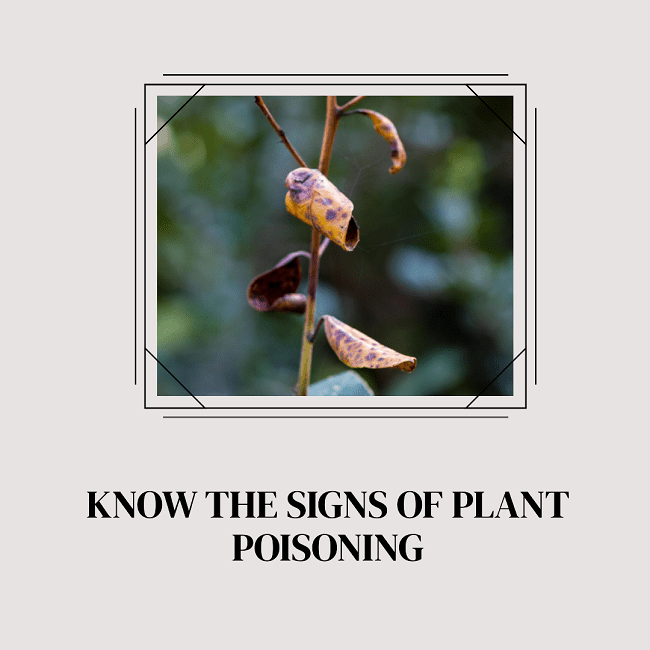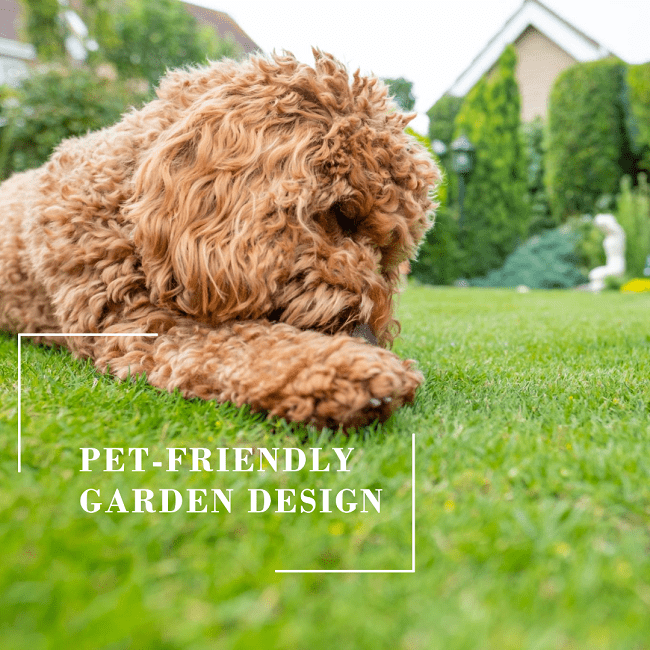Pet-Friendly Plants and Flowers to Grow In Your Home
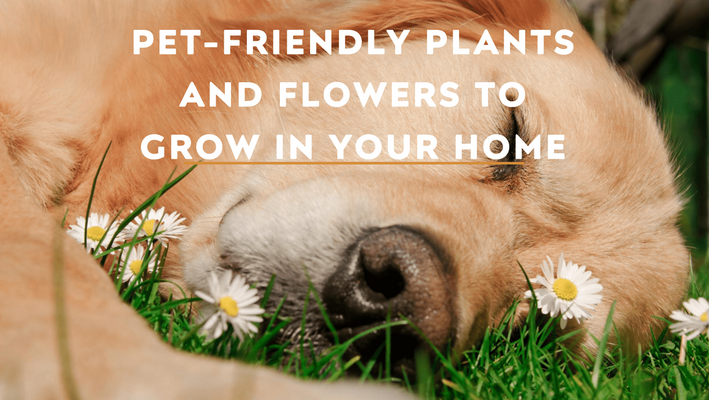
Cultivating a vibrant garden or nurturing indoor plants can be a rewarding experience, but when you share your home with pets, it’s imperative to be discerning in your plant choices. Pets, with their boundless curiosity, have a tendency to nibble on anything within their reach, making it essential for pet owners to cultivate flora that is non-hazardous to their furry companions. In this guide, we present a curated list of charming, non-toxic, and pet-friendly plants that can coexist harmoniously with your beloved dogs and cats, ensuring a safe and lively environment for all.
Because dogs and cats will chew on anything it can sink its teeth into, it’s important that you give careful consideration to the household plants and garden flowers you wish to grow. Sure, you can take an extra step of precaution by placing indoor houseplants in inaccessible areas of your home but the best course of action would be to simply avoid buying and planting toxic plants.
Add life to your home without worrying about taking another’s. We’ve listed some of our favourite non-toxic, pet-friendly flowers and plants that you can take care of along with your tail-wagging babies.
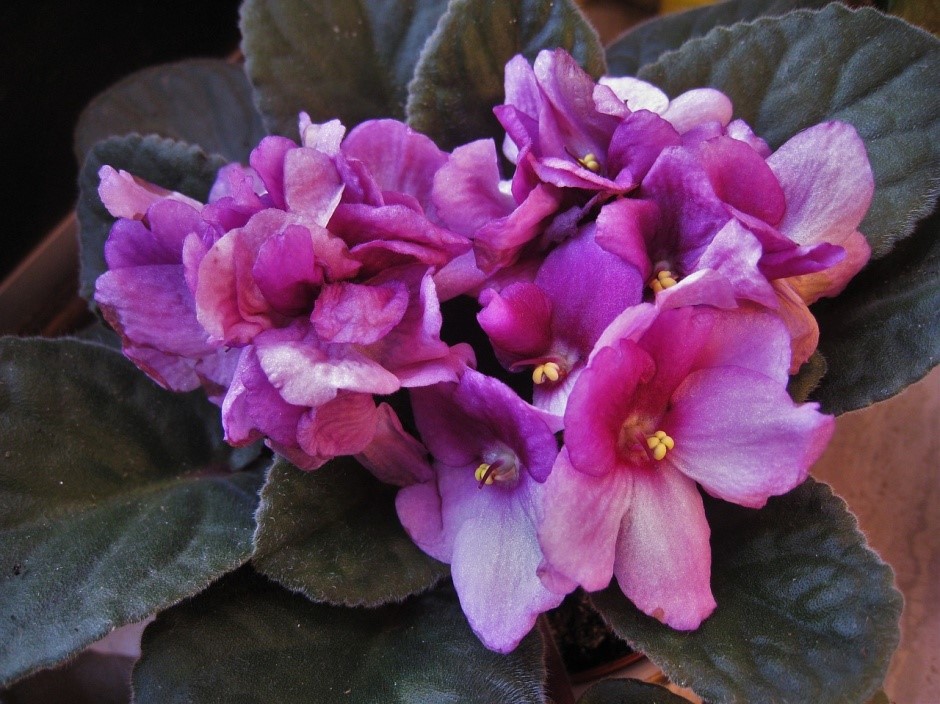
African Violets
This pet-friendly flowering plant produces gorgeous blooms in a range of purple and pink hues. Low maintenance and able to thrive well without bright light, African violets can easily brighten up your space without posing any threat to curious pups or felines.
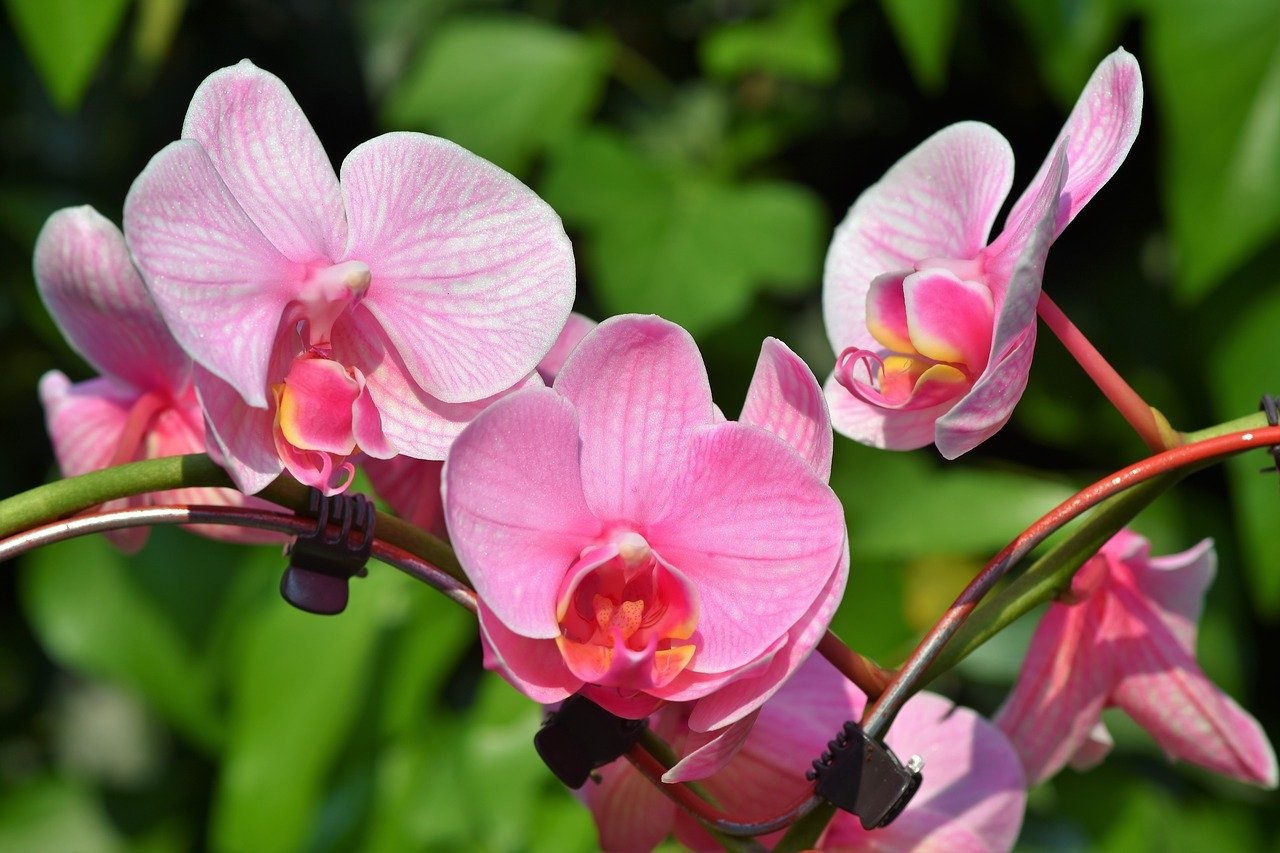
Orchids
The well-loved orchid is included in the list of pet-safe plants. But as it is attractive to humans, it is also attractive to animals especially to cats. For your feline friend to leave your orchid plant alone in peace, you may want to dust the orchid leaves with some cayenne pepper or cinnamon powder that has a smell your cat hates.
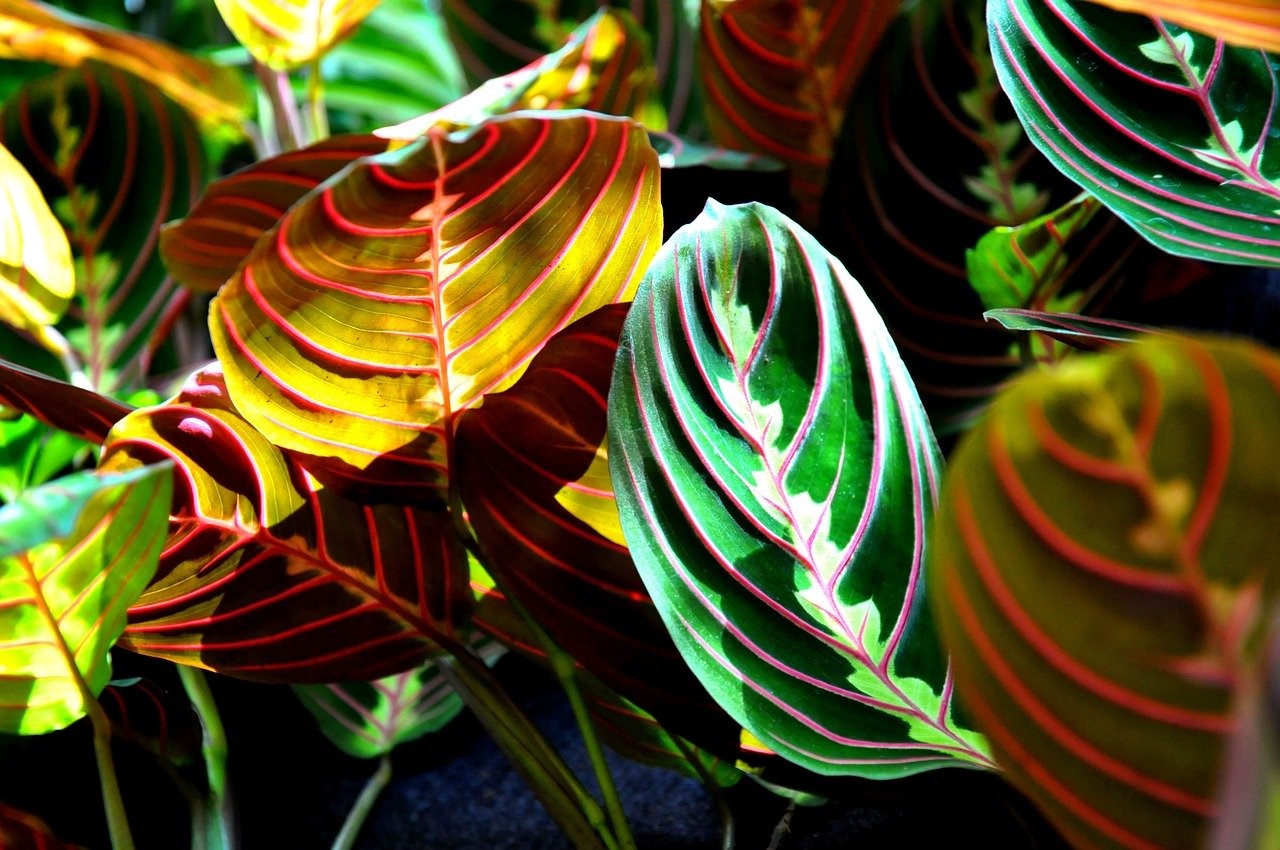
Prayer Plant
Also known as Peacock Plant, Zebra Plant, and Maranta, this calathea variety is non-toxic to dogs, cats and horses. Prayer plants thrive best in greenhouse-like conditions so provide them with indirect sunlight, gentle airflow, and frequent watering during the growing season.
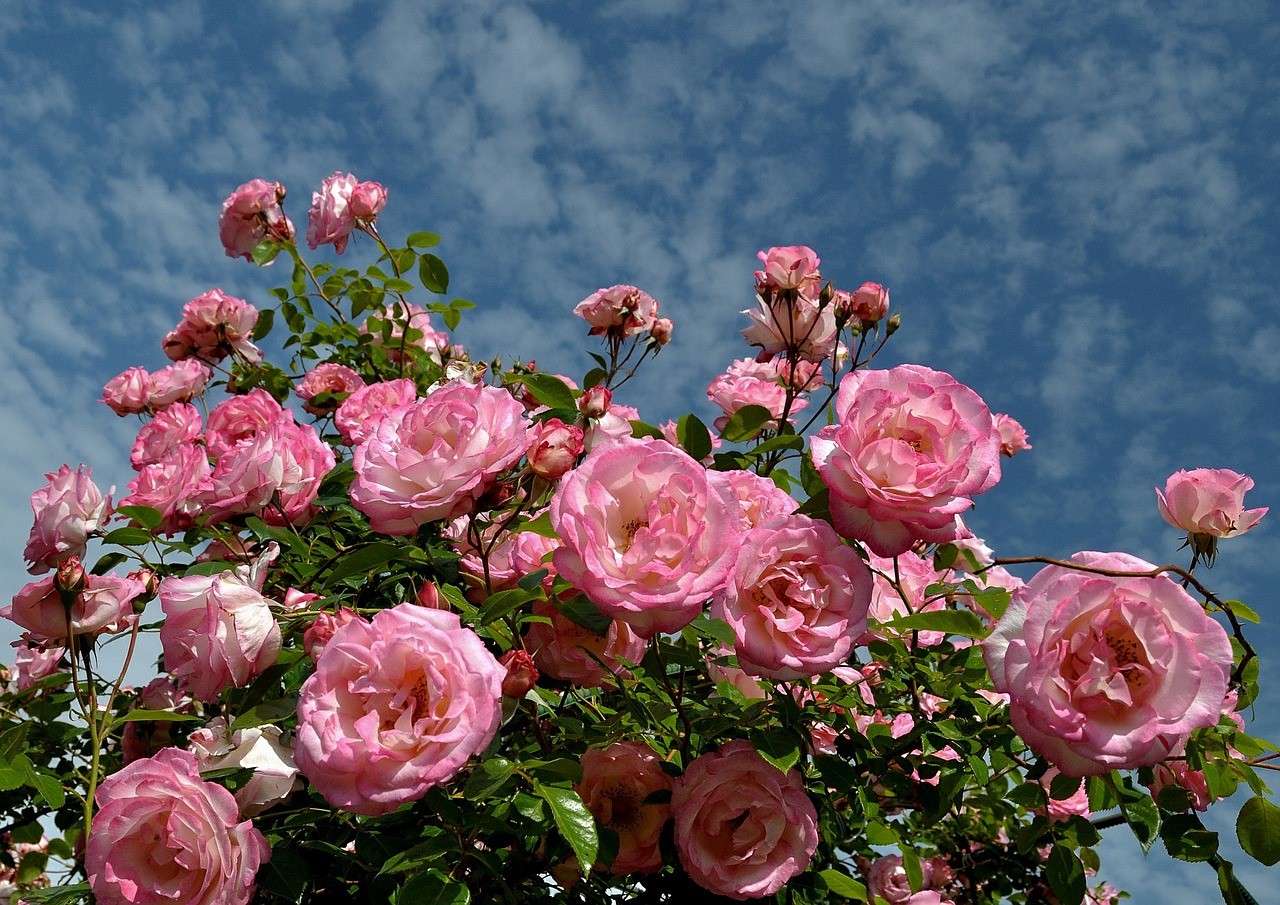
Roses
Safe for dogs when it comes to toxicity hazards but just like how its thorn can prick your finger, roses can likewise injure your dog who likes to sniff with their nose. Don’t worry, the minor injury can easily be avoided by placing a fence around the rose bushes.
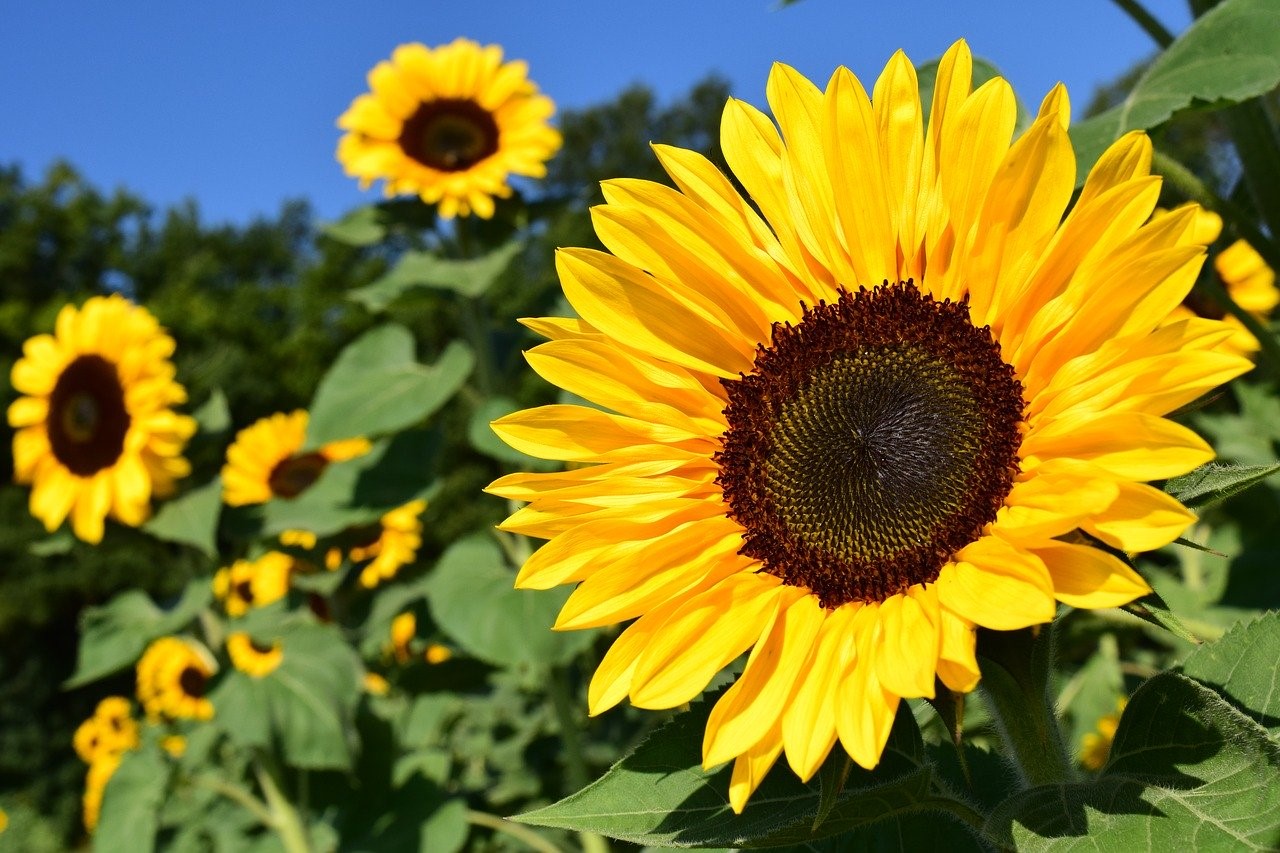
Sunflower
It’s impossible not to love a sunflower. With their big and bold sunny yellow blooms, sunflowers can definitely make any day brighter. What’s more, there’s nothing poisonous about these stunning blooms. Sunflowers are safe for both animals and humans. In fact, you can take it medicinally to loosen up phlegm and to get a dose of beneficial minerals such as vitamin B6, niacin, selenium and folate.
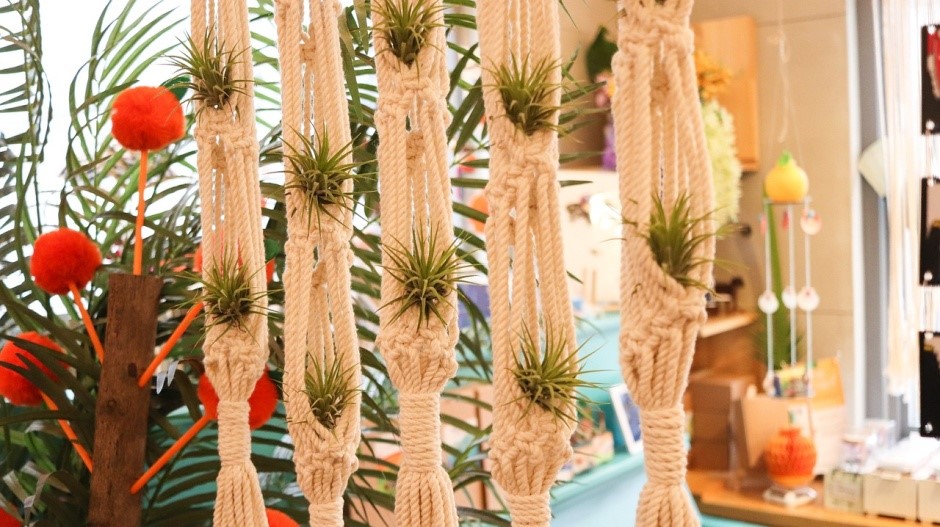
Tillandsia
Airplants! Given that Tillandsia varieties do not need any soil to grow, you’re free to place these beauties not on land but on air. Hang them on your walls, on your porch, above your desks, or in places your furry friends won’t be able to reach.
Pet Training Tips
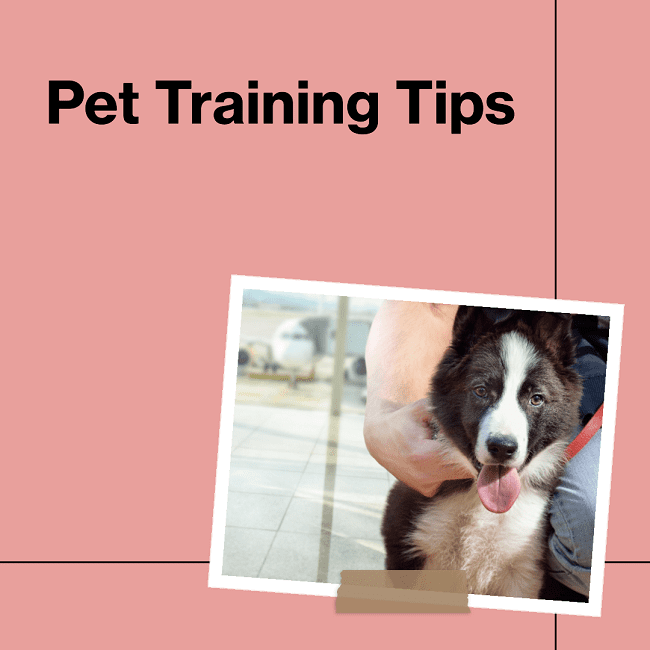
Establishing Clear Boundaries
Start by creating clear physical boundaries using pet gates or barriers. This initial step helps your pet understand which areas are off-limits. As they acclimate to this understanding, you can gradually remove these barriers.
Utilising Pet-Safe Deterrents
Employ pet-safe deterrents such as bitter apple spray on plants. This spray has an unpleasant taste that discourages nibbling. Alternatively, scatter citrus peels or coffee grounds around the area, as these emit scents that most pets find unappealing.
Embracing Positive Reinforcement
Reward your pet with treats and praise when they obey commands to stay away from restricted areas. This method of positive reinforcement aids in establishing good habits and encourages obedience.
Maintaining Consistency
It's pivotal to maintain consistency in your training efforts. If an area is designated as off-limits, ensure it remains so. This avoids sending mixed signals that might confuse your pet.
Offering Distraction and Diversion
Provide a plethora of toys and play opportunities away from the restricted areas. Keeping your pet engaged and entertained is a proactive approach to reducing the likelihood of them exploring forbidden zones.
Teaching Basic Commands
Familiarise your pet with basic commands such as ‘leave it’ or ‘stay’. These commands can be particularly instrumental in preventing them from approaching or ingesting harmful plants.
Supervising Your Pets
Always keep a watchful eye on your pets, especially in the initial stages of training. This ensures their safety and helps reinforce training by correcting undesirable behaviour promptly.
Identifying Symptoms of Plant Poisoning
Recognising the Symptoms
Understanding and promptly recognising the signs of plant poisoning in pets is crucial for their immediate well-being. Symptoms can vary depending on the type of plant ingested, but there are several common signs that pet owners should be vigilant about.
Vomiting and Diarrhoea
These are often the first symptoms to occur and can manifest shortly after the ingestion of a toxic plant. If your pet exhibits these symptoms, especially if there has been a change in their environment or diet, consider it a red flag.
Loss of Appetite
A sudden or prolonged loss of interest in food may indicate discomfort or pain. This could be a sign that your pet is feeling unwell due to the ingestion of a harmful substance.
Drooling or Salivation
Excessive drooling or salivation can be indicative of nausea or irritation in the mouth or throat, often a reaction to a toxic plant.
Lethargy or Weakness
Any sudden change in energy levels, such as lethargy or weakness, can be a significant indication of poisoning and should be addressed promptly.
Difficulty Breathing
Respiratory distress is a serious symptom that may indicate a severe reaction to a toxic substance. If your pet is having difficulty breathing, seek immediate veterinary attention.
Changes in Urination
Noticing changes in the frequency, colour, or smell of your pet’s urine can be indicative of internal issues, possibly due to poisoning.
Immediate Steps to Take
- Stay Calm: Keep calm and act quickly. Panicking will only distress your pet further.
- Remove the Plant: If possible, remove any remaining plant material from your pet’s mouth.
- Identify the Plant: If you can, identify the plant your pet has ingested. This will help the veterinarian determine the best course of treatment.
- Contact Your Veterinarian: Call your veterinarian immediately and provide them with all the available information, including the type of plant ingested, the amount, and the time of ingestion.
- Do Not Induce Vomiting: Unless instructed by a veterinarian, do not induce vomiting, as this can sometimes cause more harm than good.
Remember, early detection and prompt action are key to ensuring the best possible outcome for your pet.
Positive Reinforcement
Rewarding your pet with treats and praise when they obey commands to stay away from restricted areas is a cornerstone of effective training. This strategy, known as positive reinforcement, plays a pivotal role in building good habits and fostering a sense of obedience in pets. By acknowledging and rewarding desirable behaviour, you encourage your pet to repeat those actions, thereby reinforcing a pattern of good behaviour. This approach not only strengthens the bond between you and your pet but also creates a positive learning environment, making training a more enjoyable experience for both.
Creative Plant Displays
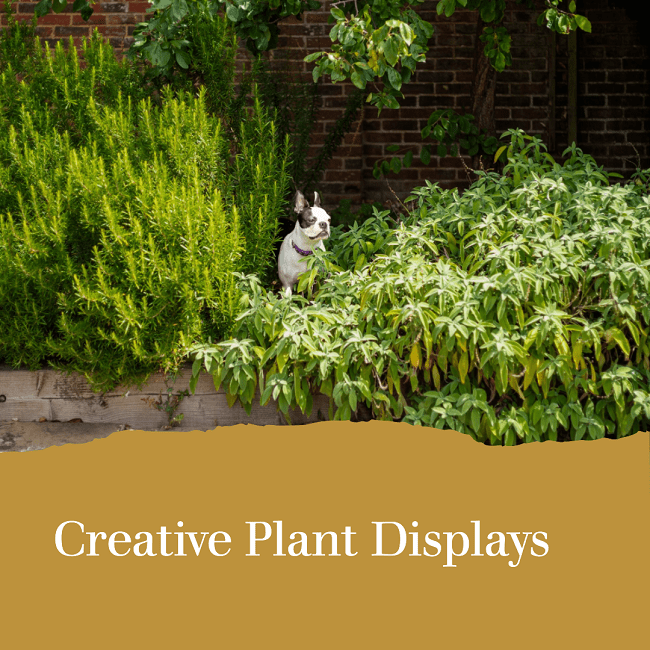
Elevating your plants is a simple yet effective way to keep them out of reach of curious pets. Utilise wall shelves, hanging planters, or tall plant stands to display your greenery at varying heights, adding a dynamic visual element to your space.
Utilising Vertical Spaces
Vertical spaces, such as walls and doors, offer ample opportunities for creative plant displays. Consider installing wall-mounted plant holders or over-the-door hanging organizers to keep your plants safely away from pets while enhancing your décor.
Incorporating Terrariums
Terrariums are enclosed glass containers that can house a variety of plants. They are not only an attractive way to display your greenery but also provide an added layer of protection against inquisitive pets.
Creating Floating Shelves
Floating shelves can be strategically placed around the room to showcase your plants at different levels. This not only adds visual interest but also ensures that your plants remain inaccessible to pets roaming on the ground.
Designing a Plant Wall
A plant wall can be a stunning focal point in any room, showcasing a variety of plants in a vertical arrangement. This design feature keeps plants well out of reach of pets while transforming your space with lush greenery.
Experimenting with Hanging Baskets
Hanging baskets are a classic option for displaying plants. Suspend them from the ceiling or high on the walls to keep your pets at bay while adding a touch of nature to your home.
Installing Window Plant Shelves
Window plant shelves are a great way to utilise natural light and keep plants off the ground. These shelves can be fitted inside or outside your windows, offering a sunlit spot for your plants and a clear view for you.
Crafting DIY Plant Stands
Get creative by crafting your own DIY plant stands. Repurpose old ladders, crates, or stools to create unique and personalized displays that keep your plants safely elevated.
Integrating Plants in Unusual Places
Think outside the box by integrating plants in unusual places such as under the stairs, atop cabinets, or on room dividers. These unexpected locations can add a whimsical touch to your décor while keeping plants away from pets.
Embracing Spring Flowers
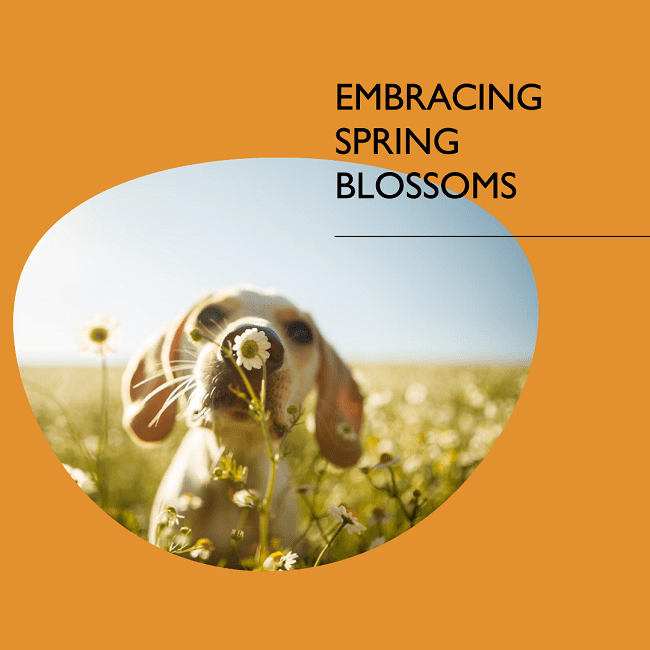
Spring brings a plethora of pet-friendly plants and flowers to brighten your home and garden. Consider planting Snapdragons, African Daisies, and Camellias during this season for a vibrant and safe display that both you and your pets can enjoy.
Enjoying Summer Greens
Summer offers an abundance of sun-loving, pet-friendly options. Marigolds, Sunflowers, and Zinnias are excellent choices for a lively and colourful garden. These plants are not only non-toxic to pets but also thrive in the warmer months.
Appreciating Autumn Hues
As the days grow shorter and the temperatures cooler, Autumn introduces a new palette of pet-friendly plants. Chrysanthemums, Aster, and Calendula are wonderful options that bring warm tones to your garden and are safe for your furry friends.
Welcoming Winter Flora
Winter doesn’t mean bidding farewell to garden colours. Plants like Christmas Cactus, African Violet, and Hellebore are pet-friendly and can withstand the colder months, ensuring your home remains vibrant and your pets safe.
Rotating Plants Seasonally
Rotating your plants seasonally is a wonderful way to keep your living space dynamic and ever-changing. It not only aligns your home with the natural world’s cycles but also provides varied stimulation for your pets.
Considering Indoor and Outdoor Options
When selecting seasonal plants, consider both indoor and outdoor options. Some plants may thrive in the garden during warmer seasons and indoors during cooler months, offering flexibility and variety throughout the year.
Researching Plant Requirements
Different plants have varying needs in terms of light, water, and temperature. Researching and understanding these requirements is essential to ensure that your seasonal plants remain healthy and vibrant throughout their respective growing seasons.
Exploring Local Nurseries
Local nurseries can be treasure troves of seasonal, pet-friendly plants. Explore these nurseries to discover a diverse array of options and to seek advice on the best plants for your specific conditions and requirements.
Pet-Friendly Garden Design
Designing with Non-Toxic Plants
Start your pet-friendly garden design by selecting a variety of non-toxic plants. Incorporate different textures, colours, and heights to create a visually appealing and safe environment for your pets.
Incorporating Safe Play Areas
Designate specific areas in your garden for your pets to play and explore. Ensure these areas are free of harmful plants and are equipped with pet-friendly features such as soft grass, shaded spots, and secure fencing.
Installing Raised Beds and Planters
Raised beds and planters are an excellent way to keep certain plants out of reach of your pets. They add dimension to your garden and allow for easier maintenance of your plants.
Choosing Pet-Safe Mulch
Opt for pet-safe mulch options such as pine, cedar, or hemlock bark. Avoid cocoa bean mulch, as it can be harmful to pets if ingested.
Creating Pet-Friendly Paths
Design paths using materials that are gentle on your pet's paws, such as smooth stones, pavers, or bark. Avoid sharp gravel or hot pavement that can be uncomfortable for pets to walk on.
Adding Safe Water Features
If you’re considering adding a water feature, ensure it is safe and accessible for pets. Avoid deep ponds and opt for shallow, gently running water that pets can drink from safely.
Planning for Shade and Shelter
Provide ample shaded areas and shelter for your pets to rest and escape the sun. Consider planting trees or installing structures like pergolas or gazebos.
Avoiding Harmful Pesticides
Opt for organic and pet-safe pesticides to protect your plants. Avoid using harmful chemicals that can be dangerous to your pets.
Encouraging Wildlife Safely
Design your garden to encourage wildlife, such as birds and butterflies, without compromising your pet's safety. Avoid plants that attract bees or wasps and ensure bird feeders are placed out of reach of pets.
Regularly Updating Garden Features
Keep your garden dynamic and interesting for your pets by regularly updating features, adding new plants, and creating new areas for exploration, ensuring they are always safe for your furry friends.
Plants to Avoid
| Plant | Symptoms |
|---|---|
| Aloe Vera | Vomiting, diarrhoea, lethargy, tremors |
| Azalea | Vomiting, diarrhoea, hypersalivation, loss of appetite, CNS depression, coma, death |
| Daffodil | Severe stomach upset, heart problems, kidney dysfunction |
| Oleander | Vomiting, abdominal pain, hypothermia, decreased heart rate, death |
| Tulip | Drooling, loss of appetite, CNS depression, convulsions, cardiac abnormalities |
| Lilies | Gastrointestinal distress, arrhythmia, kidney failure |
| Autumn Crocus | Gastrointestinal distress, liver and kidney damage, respiratory failure, death |
| Sago Palm | Vomiting, diarrhoea, seizures, liver failure, death |
| Foxglove | Drooling, nausea, vomiting, diarrhoea, cardiac arrhythmias, death |
| Rhubarb | Drooling, vomiting, diarrhoea, lethargy, kidney failure |
Creating a lively and appealing environment with plants need not come at the expense of your pet’s safety. By opting for non-toxic and pet-friendly plants like African Violets, Orchids, and Sunflowers, you can enjoy the dual benefits of a vibrant home and a secure space for your pets. Remember, while it's essential to be vigilant about the plants in accessible areas, it’s equally important to educate oneself on the plants that could pose potential risks. By doing so, you contribute to a harmonious and healthy living space, fostering well-being for both your plants and pets.

